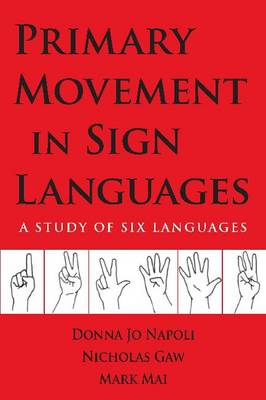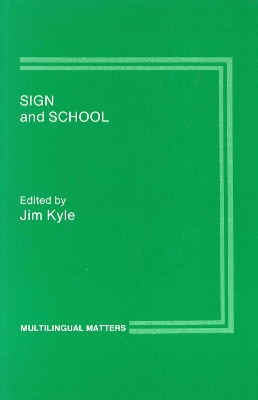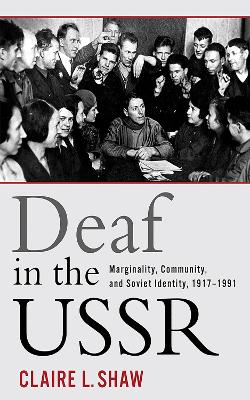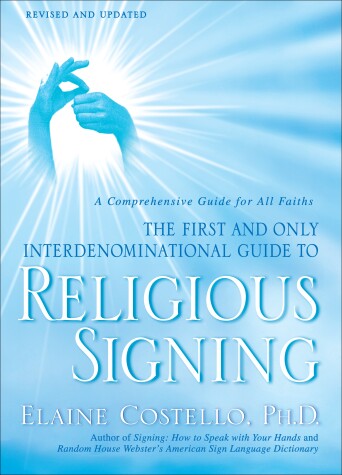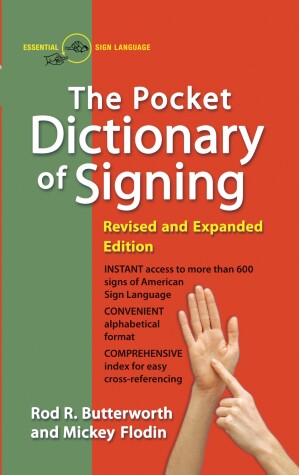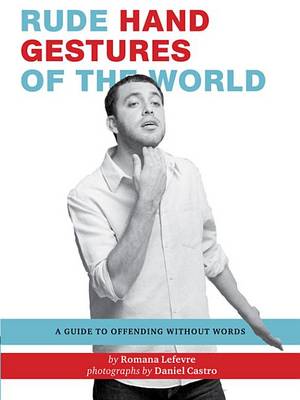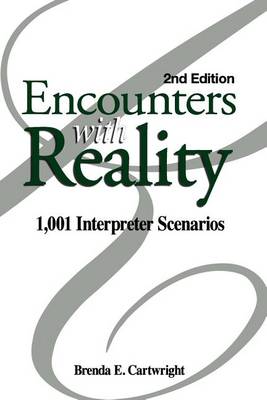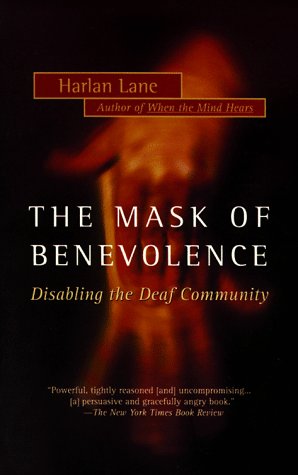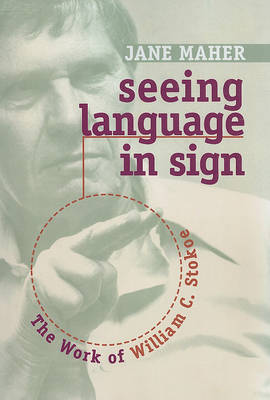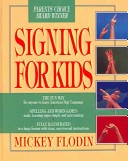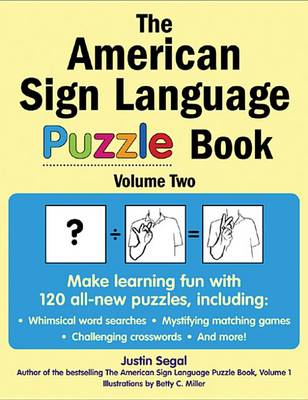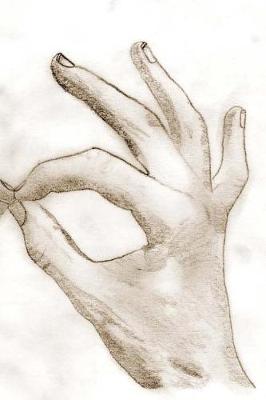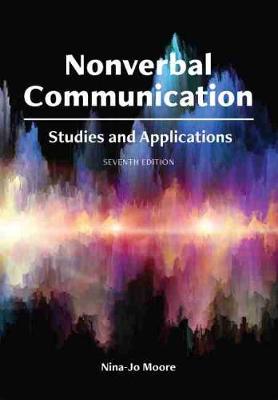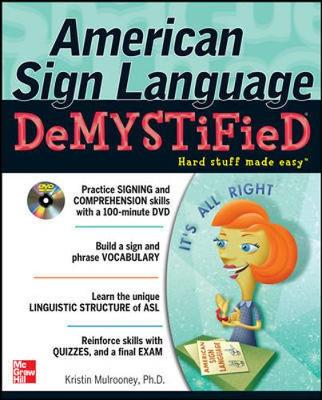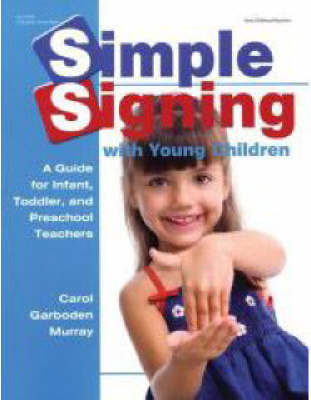Primary Movement in Sign Languages - A Study of Six Languages
by Donna Jo Napoli, Nicholas Gaw, and Mark Mai
Is it possible to identify sign languages by their prosody, that is, the rhythm and stress of sign production, and then determine if they are related to each other or other sign languages? If so, reasoned authors Donna Jo Napoli, Mark Mai, and Nicholas Gaw, perhaps they could offer such identification as a new way to typologize, or categorize sign languages by their structural features. Their new collaboration "Primary Movement in Sign Languages: A Study of Six Languages" traces the process and...
Understanding Tinnitus
by Keith Dunmore, Glynis Riddiford, and Valerie Tait
Monogram "V" Sketchbook (Monogram Maroon 150 Sketch, #22) (Monogram Water 150 Sketch, #22)
by N D Author Services
Monogram "3" Sketchbook (Monogram Maroon 150 Sketch, #29) (Monogram Verdant 150 Sketch, #29)
by N D Author Services
For over 30 years, The Silent Garden has offered parents of deaf children the support and unbiased information needed to fully realize their children's potential. This completely revised third edition is a must-have resource that will help parents navigate the complex and unique challenges they face. Accessible, practical, and, above all, open-minded, The Silent Garden educates parents quickly and thoroughly about the many conflicting points of view on what is best for their deaf children. Autho...
Monogram "5" Sketchbook (Monogram Maroon 150 Sketch, #31) (Monogram Verdant 150 Sketch, #31)
by N D Author Services
Sign and School (Multilingual Matters)
Born in a world of vision and movement, deaf children from an early age and without apparent difficulty, learn to use these media to create a natural sign language. For nearly the last 100 years, educators and parents zealously over-anxious to make these children acceptable in a hearing world, have ignored this language and have immersed their children in a puzzling world of lip-read patterns and indecipherable sound. Now a new approach is appearing in deaf education where the skills and languag...
In Deaf in the USSR, Claire L. Shaw asks what it meant to be deaf in a culture that was founded on a radically utopian, socialist view of human perfectibility. Shaw reveals how fundamental contradictions inherent in the Soviet revolutionary project were negotiated—both individually and collectively— by a vibrant and independent community of deaf people who engaged in complex ways with Soviet ideology. Deaf in the USSR engages with a wide range of sources from both deaf and hearing perspectives—a...
Since the fourth century, when Spanish monks first started signing to communicate during their vows of silence, sign language has been used in religious communities of all faiths. Present-day American Sign Language (ASL) carries on that tradition. Like any living language, it continues to grow and change to meet the communication needs of an ever more diverse religious population. This comprehensive guide, newly revised, updated, and expanded, gives you all the vocabulary you need to communicat...
The Pocket Dictionary of Signing
by Rod R. Butterworth and Mickey Flodin
The simplest, most convenient alphabetized pocket guide to American Sign Language (ASL). Arranged in an easy-to-use dictionary format, this edition contains more than 600 signing entries with accompanying directions and illustrations. Inside you’ll find many special highlights, including: · Over 600 signs –a selection of the most commonly used phrases · Detailed illustrations -- showing exact hand positions and movements · Fingerspelling -- to aid in communicating wor...
In 1955 William C. Stokoe arrived at Gallaudet College (later Gallaudet University) to teach English where he was first exposed to deaf people signing. While most of his colleagues dismissed signing as mere mimicry of speech, Stokoe saw in it elements of a distinctive language all its own. Seeing Language in Sign traces the process that Stokoe followed to prove scientifically and unequivocally that American Sign Language (ASL) met the full criteria of linguistics--phonology, morphology, syntax,...
An introduction to the expressive language of the deaf, organized by subject areas, including Pets, People, Numbers, Sports, Travel, Science, Thoughts and Feelings, and Places.
From intrapersonal communication to face-to-face interactions, public addresses to computer-mediated communication, nonverbal communication lays a foundation for understanding what is important to effective message development, transmission, and understanding via nonverbal codes and subcodes. The seventh edition of Nonverbal Communication: Studies and Applications demonstrates the importance of nonverbal communication in all settings and all contexts. Readers learn the vital role nonverbal comm...
